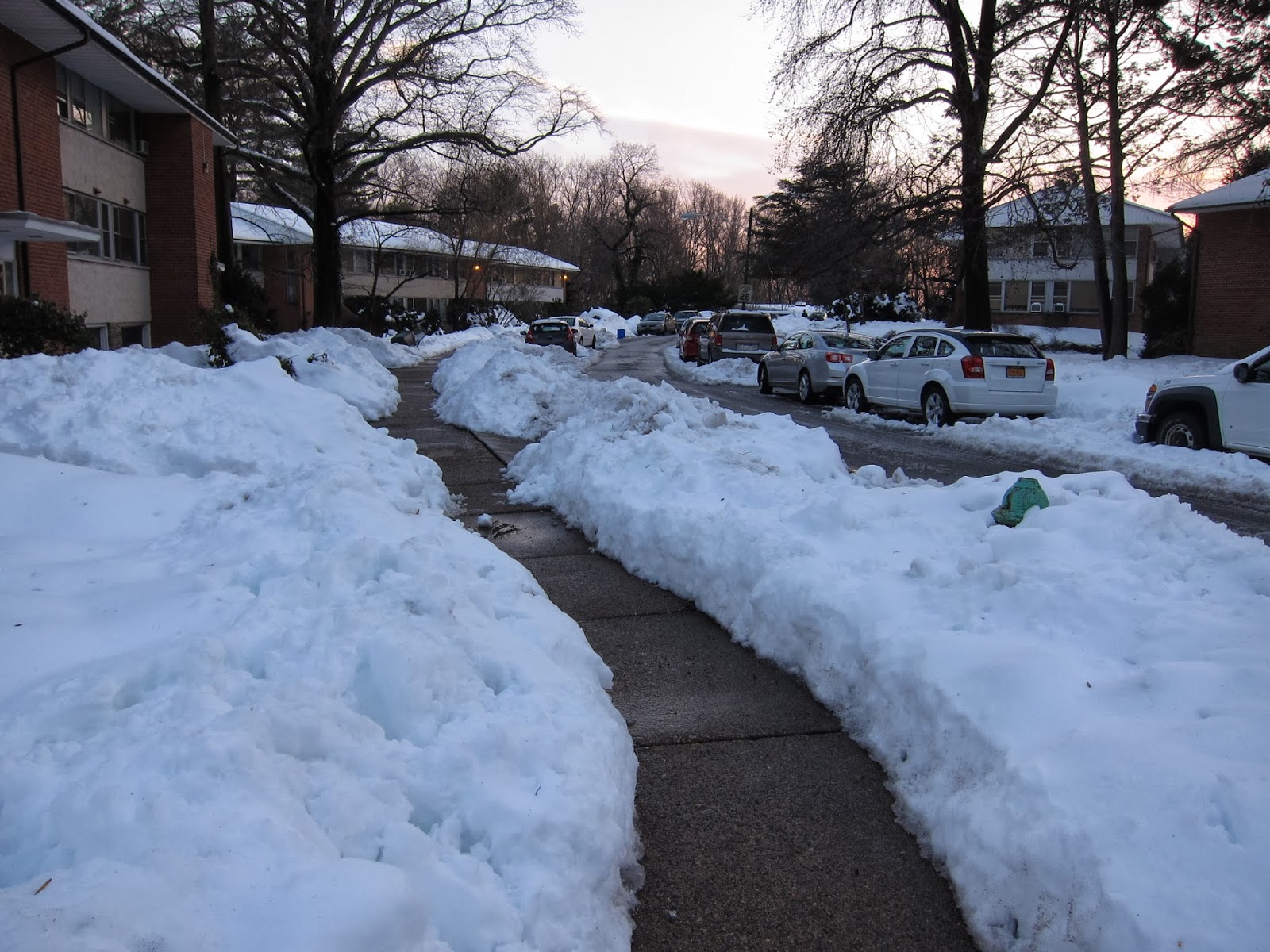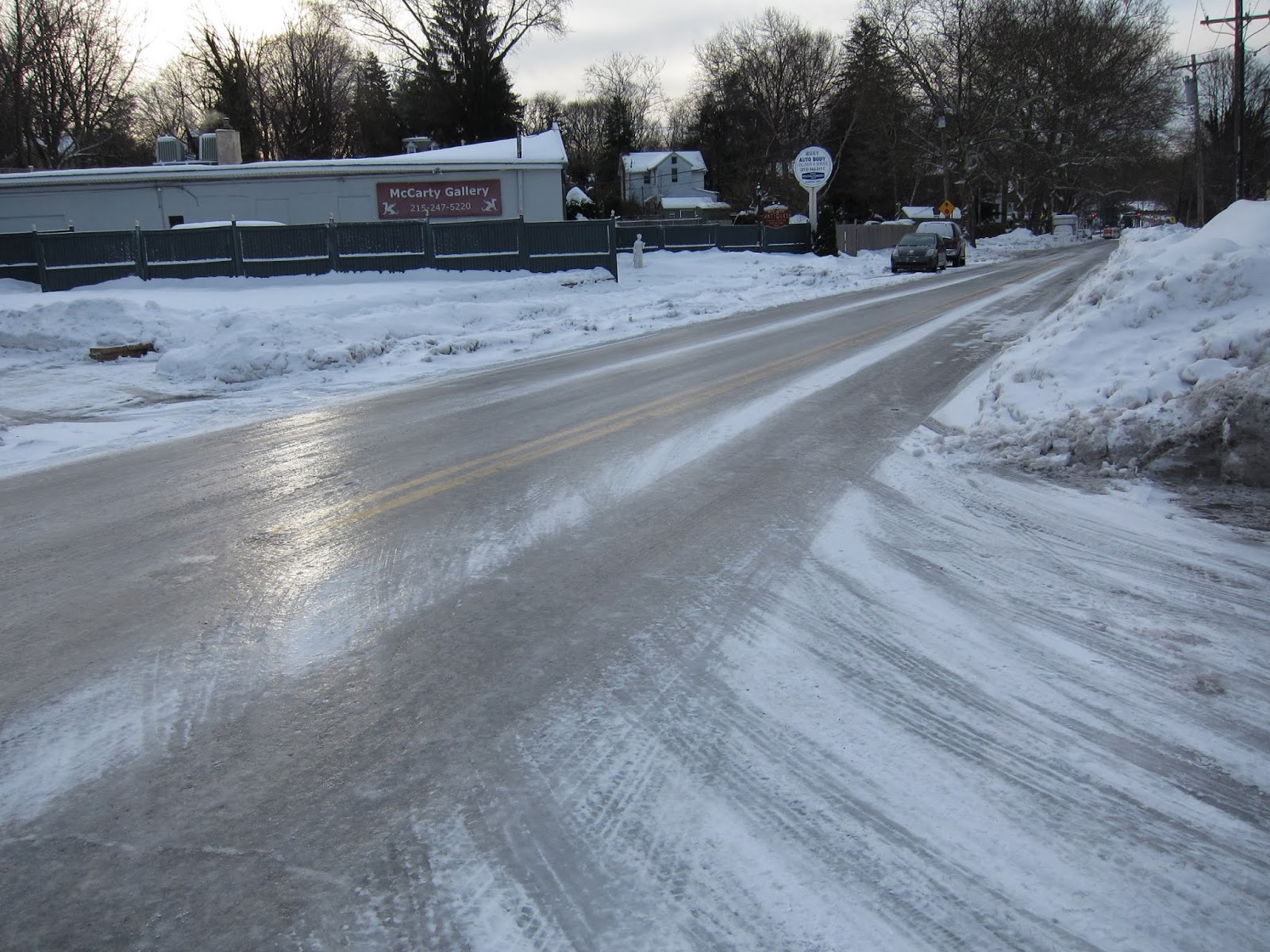January and February in Philadelphia have been among the coldest and snowiest on record (even as western US had heat and drought).
Upright shrubs without leaves managed.
Evergreens suffered more.
White pines were especially hard hit.
Many had branches split or snapped in half.
Translate
Thursday, February 27, 2014
Shoveling Tips
There was plenty of snow to practice shoveling, so far well over 50 inches and more in sheltered places.
The key is to get new snow off as fast as possible; the sun can melt any residue.
Also, important to push the snow back beyond the pavement so that a strip of earth is showing. This will soak up melting, avoid ice on the pavement and need for salt.
Two photos to the right show how overhanging snow melts onto the pavement, forming ice and hazards and requiring salt.
The key is to get new snow off as fast as possible; the sun can melt any residue.
Also, important to push the snow back beyond the pavement so that a strip of earth is showing. This will soak up melting, avoid ice on the pavement and need for salt.
Two photos to the right show how overhanging snow melts onto the pavement, forming ice and hazards and requiring salt.
Snow and Ice on the Roads, Feb. 2014
The pictures here do not show the reality of streets crowded with vehicles, drifts, salt & dirt and no place to park. They show how beautiful and deadly conditions can be when snow is driven over, not plowed or salted and then frozen. Oh and the potholes!
Even a minor snowfall can turn into a sheet of ice overnight. Conditions seen to the left and below were difficult to even walk on.
The key is getting snow off quickly so it is not driven over and the sun can warm the street.
Enough Snow for a Cave, but No Place to Pee
Some of the parking lot drifts were 10 and 15 feet, high enough to build a real snow cave!
Even in a little snow cave, the light coming through the snow is definitely blue.
For a dog who likes his bare ground to sniff, times are hard: just pavement and snow are to be found.
What's a dog to do?
Note little red dog booties necessary because of all the salt.
Fog on a Day of Warmer Air and Colder Ground
The woods above in the morning have a brownish tinge, whereas afternoon shots in the fields below are almost blue. As the air became warmer, the fog became thicker.
Subscribe to:
Posts (Atom)





















